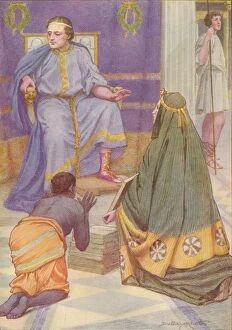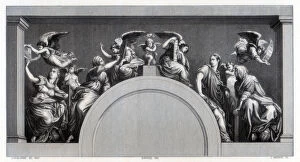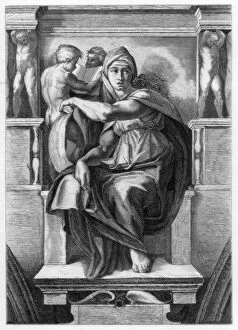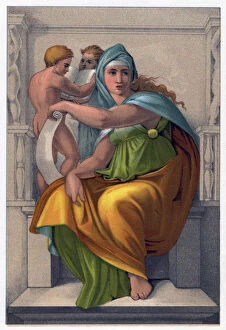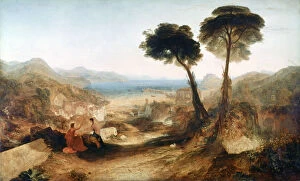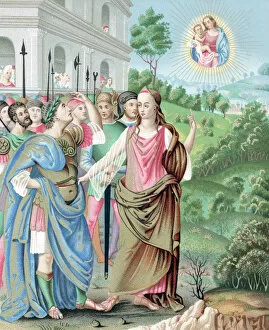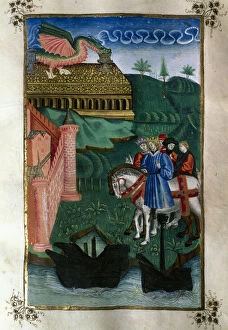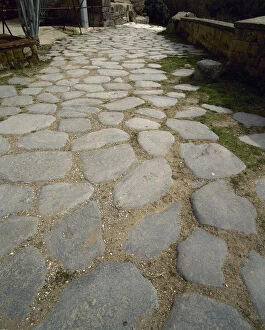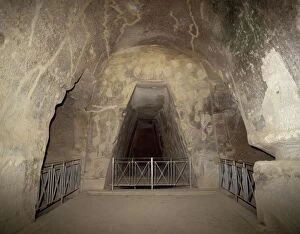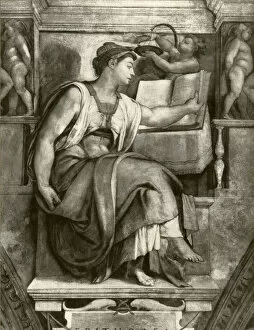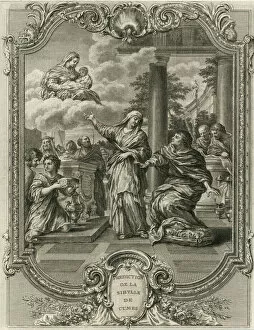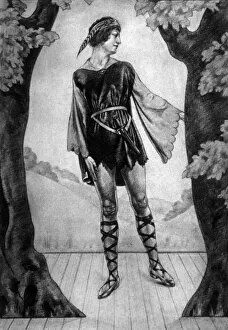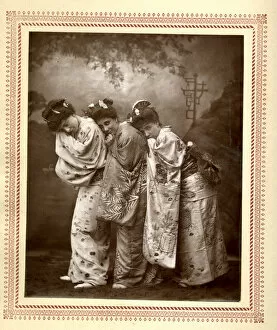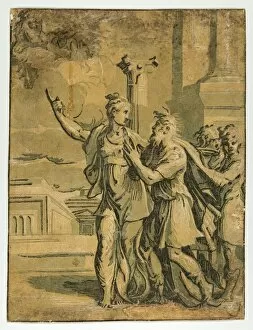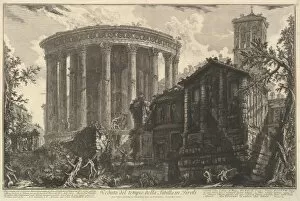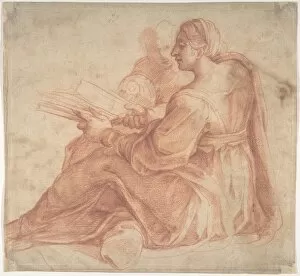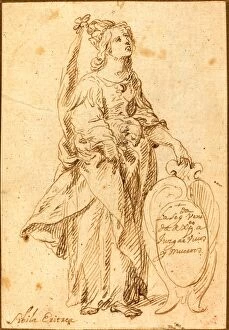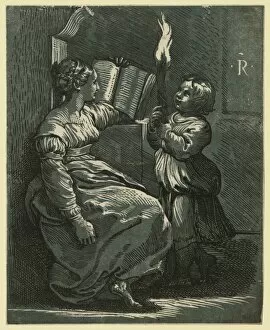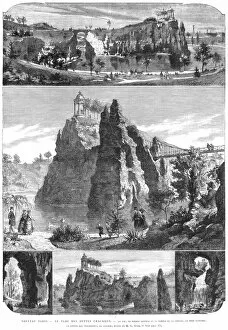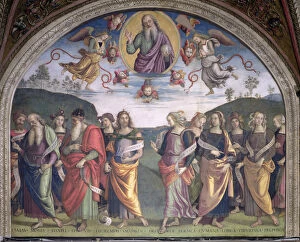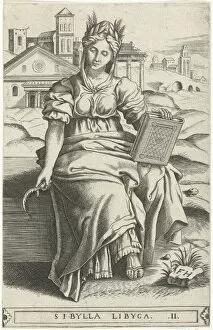Sibyl Collection (#6)
"Sibyl: A Timeless Connection Between Art and Prophecy" In the realm of art, the name "Sibyl" evokes a sense of mysticism and ancient wisdom
For sale as Licensed Images
Choose your image, Select your licence and Download the media
"Sibyl: A Timeless Connection Between Art and Prophecy" In the realm of art, the name "Sibyl" evokes a sense of mysticism and ancient wisdom. From Gilbert and Sullivan's comic opera "The Mikado at the Savoy" to Botticelli's iconic paintings, Sibyls have left an indelible mark on our cultural landscape. One such portrayal is found in Botticelli's masterpiece "The Prophet Isaiah and the Hellespontine Sibyl, 1492-1495. " This enchanting artwork captures the ethereal beauty of the Sibyl as she stands alongside Isaiah, symbolizing their shared prophetic insights. Botticelli continued his exploration of this theme with other works like "The Prophet Micah and the Tiburtine Sibyl, 1492-1495, " where he masterfully weaves together divine prophecy with earthly knowledge. Each painting showcases a different prophet paired with a specific Sibyl, highlighting their unique connection to divine revelation. "The Prophet Amos and the European Sibyl, 1492-1495" further exemplifies this artistic fascination. Here, Botticelli skillfully merges biblical narratives with classical mythology by depicting Amos alongside an enigmatic European Sibyl. The resulting composition invites viewers to ponder upon these timeless figures' intertwined destinies. Throughout his series of paintings including "The Prophet Daniel and the Erythraean Sibyl, " "The Prophet Jeremiah and Agrippine Sibyl, " or even "The Prophet Obadiah and Libyan Sibil", Botticelli demonstrates his deep understanding of both religious texts and mythological traditions. These artworks serve as visual testaments to humanity's enduring quest for spiritual guidance across cultures. From Baruch accompanied by Samian Sybil to Ezekiel standing beside Cimmerian Sybil; from Haggai joined by Cumaean Sybil to Jeremiah paired with Phrygian Sybil.


